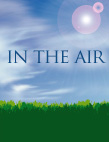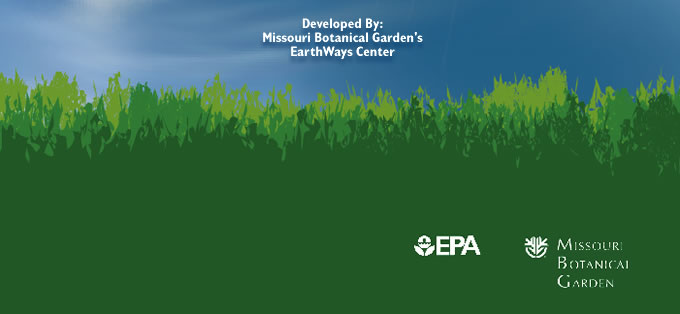|
Module Matrix/Details:
"IN THE AIR" (40k pdf)
 9-12 Education Module (the entire module as a zipped archive - 3.7 MB) 9-12 Education Module (the entire module as a zipped archive - 3.7 MB)
 Individual Activities: Individual Activities:

|
 |
 9-12 Education Module 9-12 Education Module
Module Overview
In this module, high school students investigate a continuum of common beliefs about the seriousness of airborne toxics. Students analyze and research viewpoints held by those who believe airborne toxics problems are greatly overstated to those who believe the issues are so critical that they are afraid. Though basic scientific information about airborne toxics is included in the module, strong emphasis is placed on social themes such as personal responsibility, corporate integrity, and science ethics. The module utilizes a creative arts project as a preliminary/post assessment of students’ awareness of the subject. These aspects of the module make it applicable to creative arts and social science classes as well as physical science classes. All lessons and activities are linked to national and Missouri education.
Module Theme
One common thread running throughout this module is the importance of critical thinking about issues that threaten human health, safety, and environmental integrity. Students are encouraged to make up their own minds about issues, based on observation and research, not on hearsay. Another recurring module theme is that individual choices, actions, and behaviors do matter.
Module Goals
- To compare and contrast knowledge about and attitudes toward airborne toxics before and after studying the module by means of a creative arts project
- To provide scientific information about airborne toxics essential for implementing the module activities
- To scrutinize five commonly held beliefs about airborne toxics and conclude, after research, whether or not the beliefs are valid
- To raise student consciousness about airborne toxics in ways that will do the following:
- Encourage them to become aware of personal actions that increase or decrease
air pollution.
- Stimulate them to become informed voters and participants in air quality projects in their own communities.
Module Objectives
At the completion of this module, students will be able to do the following:
- Distinguish airborne toxics from other types of air pollution and explain their relationship to other pollutants.
- Differentiate between a continuum and a dichotomy and give an example of each.
- Summarize the five belief statements in this module relating to airborne toxics and briefly discuss whether research confirms or invalidates the facts behind the statements.
- Relate the meaning of “multimedia” as it is used in air pollution studies, and explain the importance of the concept.
- Give examples of how personal habits and actions may affect air quality.
- Identify the importance of becoming informed on public issues as the first step in accepting civic responsibility.
 These modules are provided in Adobe pdf format. These modules are provided in Adobe pdf format. 
 Zipped archives can be expanded with the free Stuffit Expander (Windows - Mac) Zipped archives can be expanded with the free Stuffit Expander (Windows - Mac)
 |

